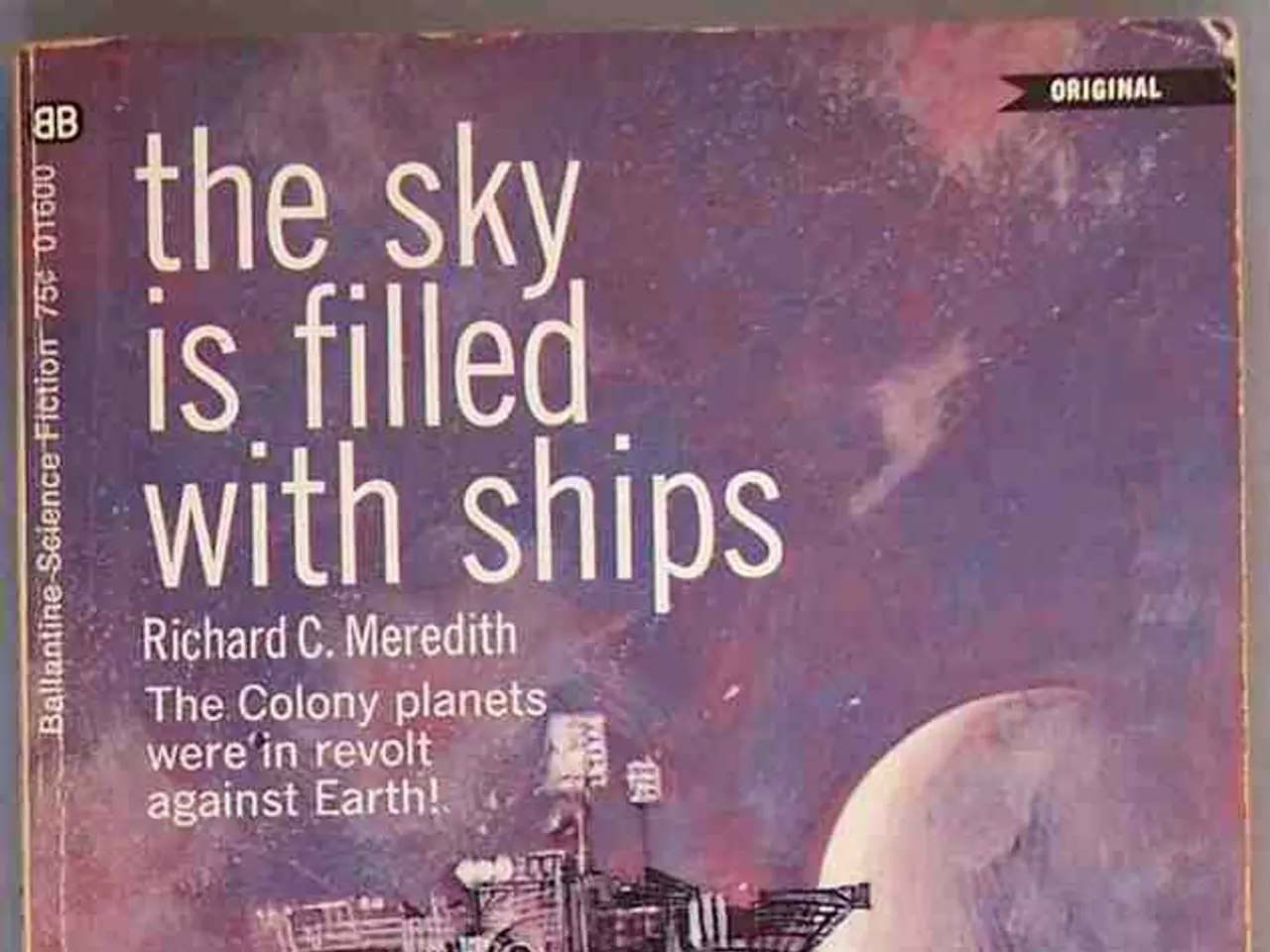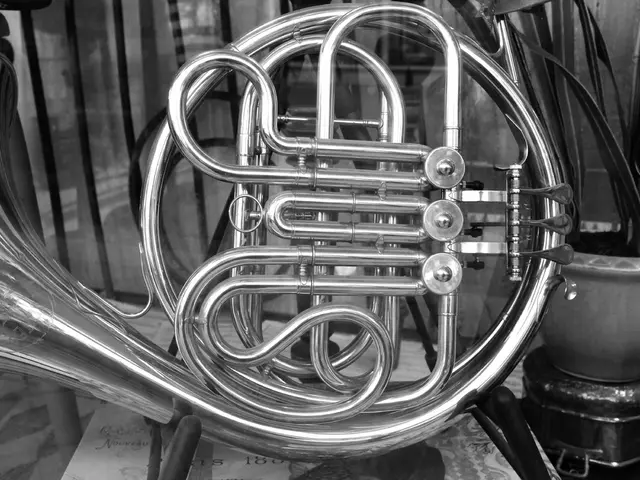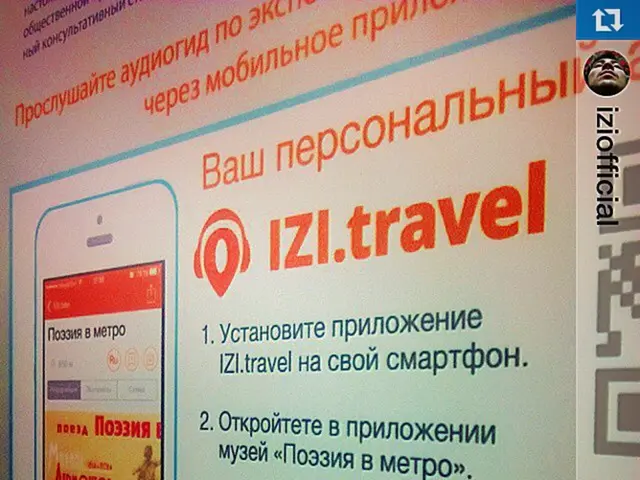Guide for Children's Solar System Exploration
The Solar System, a fascinating realm of celestial bodies, is approximately 4.6 billion years old[2]. At the heart of this cosmic dance lies the Sun, our radiant star that provides the heat and energy essential for life on Earth[2].
Our Solar System is home to eight planets, divided into two groups: the inner planets (Mercury, Venus, Earth, Mars) which are rocky, and the outer planets (Jupiter, Saturn, Uranus, Neptune), which are gas giants[2][5].
The Earth, our home, spins on its axis at 1,000 miles per hour, causing day and night, and orbits the Sun at 67,000 miles per hour, completing a full orbit in 365 days, which we call a year[1][5]. The Earth is tilted 23.4 degrees, which is why we have four seasons: spring, summer, fall, and winter[1].
Mercury, the closest planet to the Sun, completes an orbit in just 88 days, while Neptune, the farthest planet, takes 165 years to orbit the Sun[5].
Planets have different special features. For example, Venus has a thick, toxic atmosphere with clouds of a dangerous acid and rotates in the opposite direction of most planets[3]. On the other hand, Jupiter, the largest planet in the Solar System, has a striking striped appearance and possesses the most moons[4].
Some planets, like Venus, Mars, Jupiter, and Saturn, can be seen from Earth with the naked eye, especially when it's dark outside[6]. The Solar System is part of the Milky Way galaxy, which is one of billions of galaxies in the Universe[7].
For a more hands-on and creative learning experience, consider creating a lapbook, a small, hands-on booklet filled with information, images, and interactive elements about the Solar System[8]. This educational tool encourages hands-on learning, creativity, and critical thinking.
References:
[1] https://www.space.com/25782-earth-facts.html [2] https://solarsystem.nasa.gov/solar-system/ [3] https://solarsystem.nasa.gov/planets/venus/in-depth/ [4] https://solarsystem.nasa.gov/planets/jupiter/in-depth/ [5] https://solarsystem.nasa.gov/planets/ [6] https://www.space.com/516-planets-visible-naked-eye.html [7] https://www.space.com/18544-milky-way-galaxy.html [8] https://www.education.com/reference/article/lapbook-definition/
- The Earth, our home planet, provides the perfect conditions for life, revolving around the Sun and spinning on its axis.
- The Solar System, a vast cosmic dance of celestial bodies, offers a wealth of learning opportunities for kids, with math, science, art, and engineering projects.
- Space-and-astronomy education and self-development can be fun and engaging with hands-on activities like creating a lapbook filled with printable information about the Solar System.
- The lapbook encourages kids to learn creatively, offering interactive elements and images, making education an exciting adventure.
- Earth is the third planet from the Sun and is part of the inner planet group, known for its natural beauty and the challenges it presents for STEM learning.
- Kids can explore the Solar System's wonder through various projects, such as engineering activities focusing on space technology, art projects centered around planetary landscapes, or math challenges involving orbit calculations.
- From the fiery orange of Mars to the gas giants of Jupiter and Saturn, each planet in the Solar System presents unique features and phenomena that stimulate curiosity and fuel learning.
- Venus, for instance, has a thick, toxic atmosphere, while Jupiter boasts a striped appearance and a large number of moons.
- The Solar System is not only a fascinating subject for learning and play, but it also sheds light on the origins of life and our place in the Universe.
- By understanding the Solar System and its components, kids can develop critical thinking skills and broaden their understanding of the universe and their role in it.




